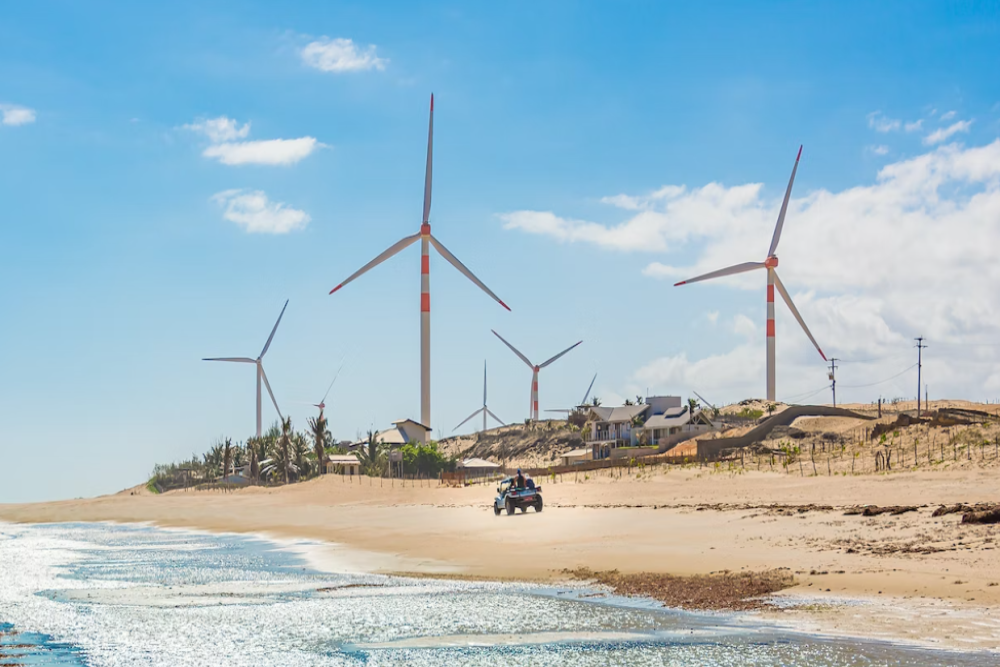The IEA said there is a need to reduce the cost of capital to accelerate the adoption of clean and renewable energy, especially for poorer nations.
The IEA is also known as the International Energy Agency.
“There are huge, cost-effective opportunities for emerging and developing economies to meet their rising energy needs with clean technologies, but financing has to be affordable as well,” said IEA Executive Director Fatih Birol.
“Reducing risk through clear and timely regulation is a first step to attract investment. This needs to be underpinned by a significant increase in financial and technical support from the international community. We have to build new bridges between investors looking for clean energy opportunities and the markets where this investment is most needed,” he added.
According to the IEA study titled “Reducing the Cost of Capital Strategies to unlock clean energy investment in emerging and developing economies” published early this month, there are many emerging and developing economies missing out on the wave of global clean energy investment as the high cost of capital for new projects is deterring developers and stifling opportunities in the new energy economy.
It added that global clean energy investment has risen by 40 percent since 2020, reaching an estimated $1.8 trillion in 2023. However, almost all the recent growth has been in advanced economies and in China.
“By contrast, other emerging and developing economies account for less than 15 percent of total investment, despite being home to 65 percent of the world’s population and generating about a third of global gross domestic product,” the IEA said.
“Capital flows to clean energy projects in many emerging and developing economies remain worryingly low,” it added.
Need for increased investment
The global energy association said that to get on track for limiting global warming to 1.5 °C, clean energy investment in emerging and developing economies outside China needs to increase more than sixfold from $270 billion today to $1.6 trillion by the early 2030s.
“The availability of concessional finance – primarily from international development finance institutions – would also need to triple within this timeframe. Investments are needed across a range of different sectors, but three areas stand out,” according to the report.
It added that almost half of the total clean energy investment over the next ten years in emerging and developing economies outside China needs to go to utility-scale solar and wind projects, electricity networks and spending on more energy-efficient building designs and appliances.
Some clean energy technologies such as solar PV and onshore wind are already cheaper than fossil fuel alternatives in many parts of the world. But the report highlights that the cost of capital, defined as the minimum expected financial return to justify an investment, for utility-scale solar PV projects in emerging and developing economies was more than twice that in advanced economies.
The report stated that narrowing the gap in the cost of capital between emerging and developing economies, on the one hand, and advanced economies, on the other, by 1 percent could reduce these financing costs for clean energy by $150 billion annually.
While capital flows for clean energy projects in emerging and developing economies need to increase sharply in the coming years, almost all the required investments are in mature technologies and in sectors where there are tried and tested policy formulas for success. Only about 5 percent of the total clean energy investment needs through 2035 are in sectors that depend on nascent technologies like low-emissions hydrogen, hydrogen-based fuels, or carbon capture, utilization and storage.
The IEA was tasked by the Paris Summit on a New Global Financing Pact in June 2023 to make recommendations on how to bring down the cost of capital for clean energy investment in emerging and developing economies. The new report builds on previous IEA analysis and provides data collected from a new survey for the IEA’s Cost of Capital Observatory.
In addition to the Observatory’s five focus countries – Brazil, India, Indonesia, Mexico and South Africa – the IEA collected data for Kenya, Peru, Senegal and Viet Nam.
The report also provided detailed insights into the risk factors that affect financing costs across seven clean energy sectors in emerging market and developing economies, and recommendations of what can be done to address them, based on case studies and best practices from countries across Africa, Asia and Latin America.


